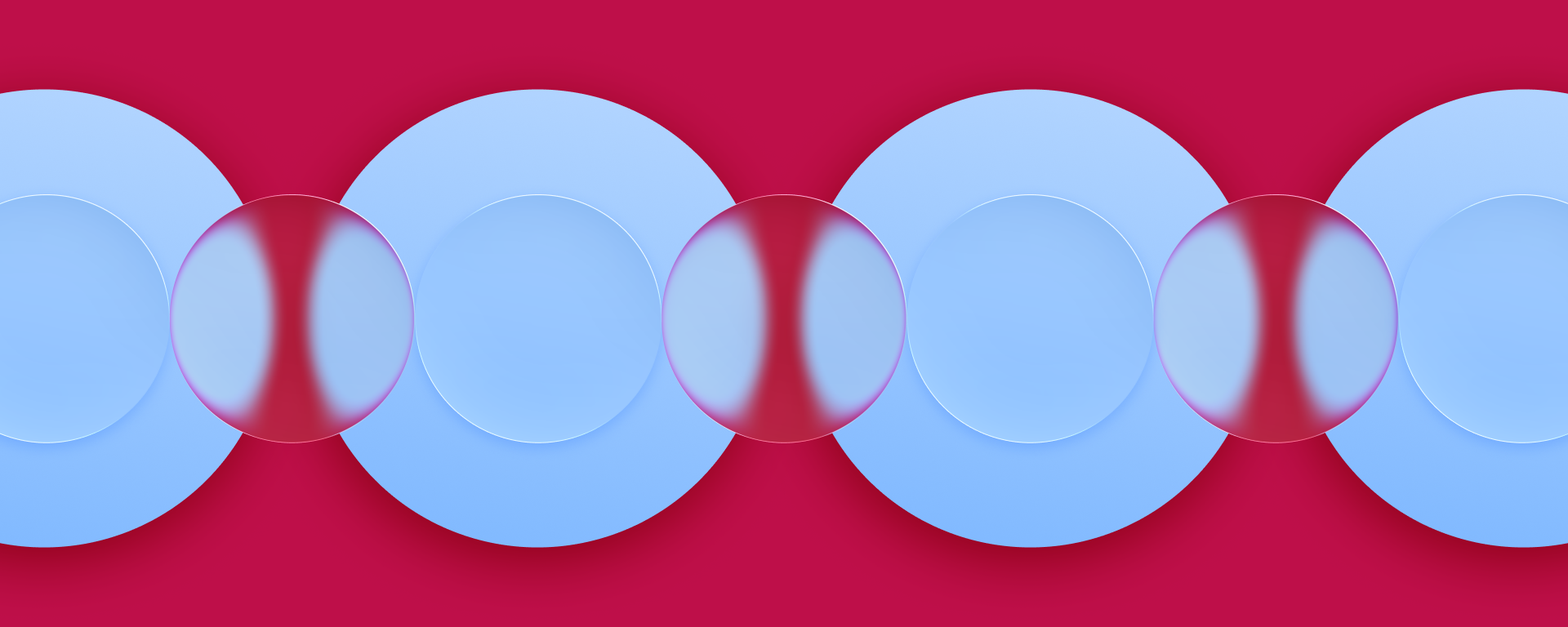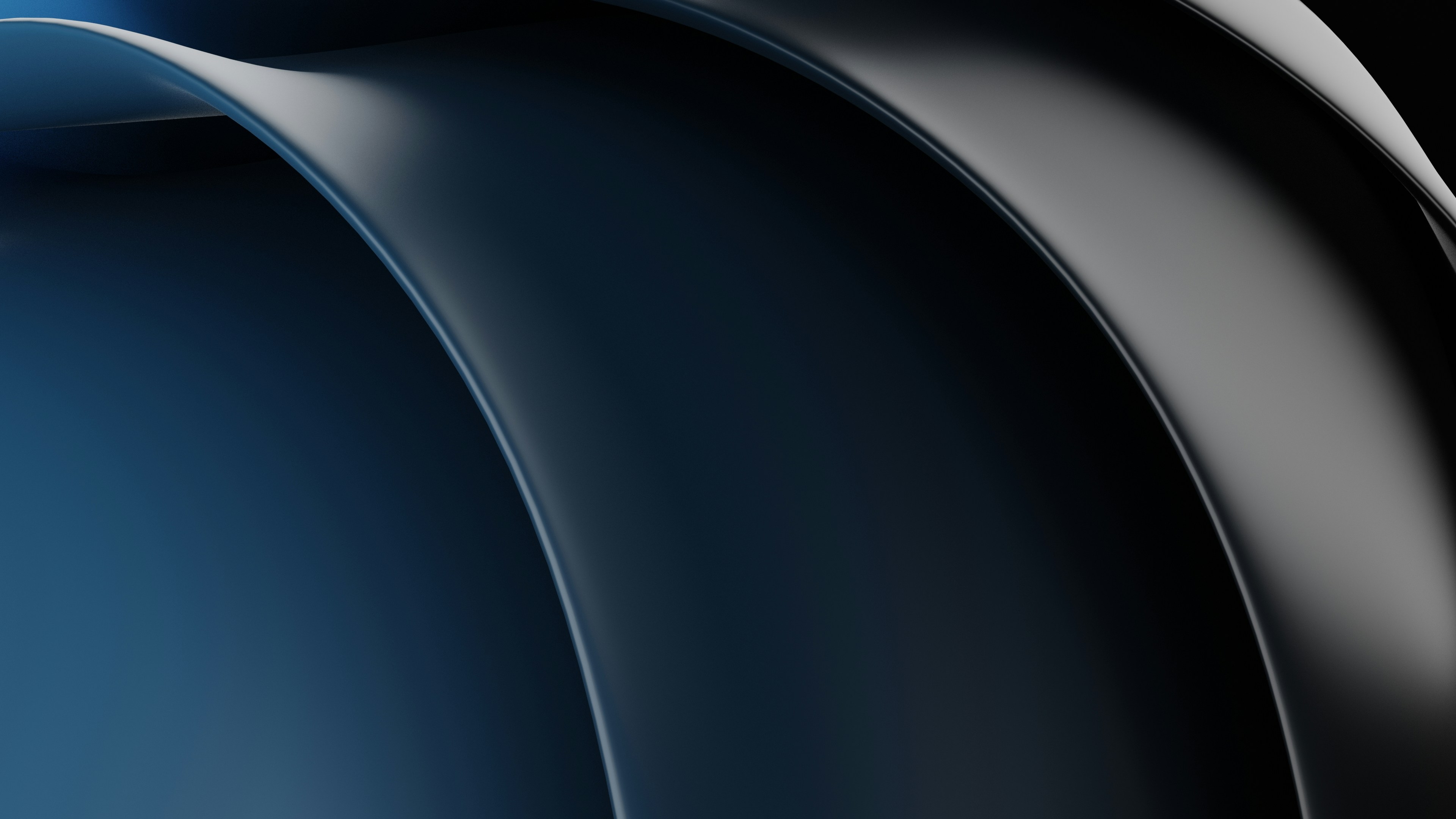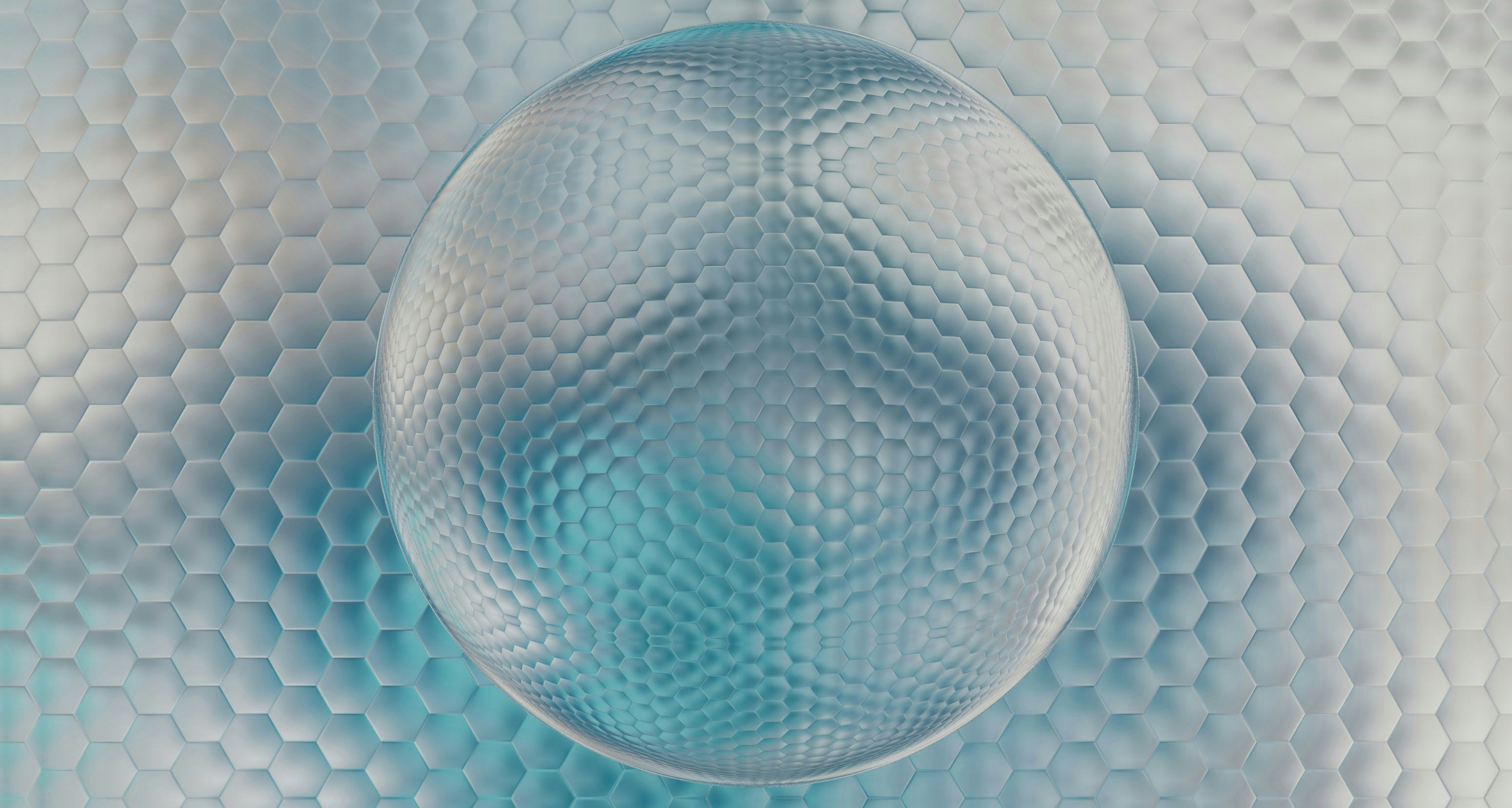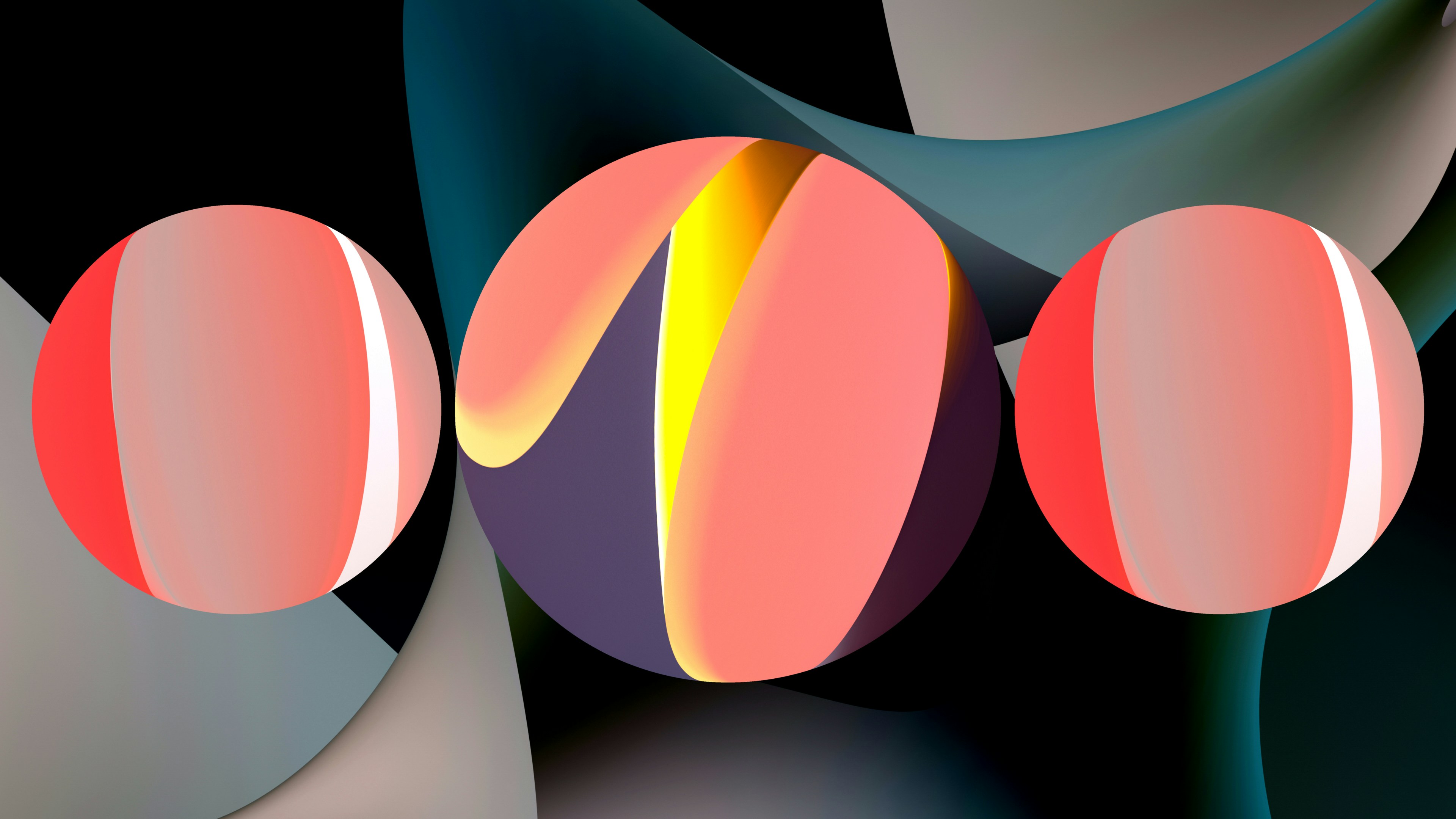Pattern


Pattern
When marketing specialist Lucy joined a new company, she found a brand with all the basic elements in place — a logo, a color palette, and fonts. But something was missing. Presentations felt bland, social media posts didn’t stick in memory, and the packaging lacked impact. That’s when the team introduced a pattern — a simple motif inspired by the shape of the logo. Suddenly, everything came together. The pattern became a visual anchor, uniting all brand materials and giving the identity a cohesive feel. People started recognizing the brand at first glance. It turned out that a pattern wasn’t just decoration — it was a powerful tool for visual identity.
What Is a Pattern?
A pattern in design is a repeating visual element or sequence that forms a consistent graphic motif. Its main goal is to create recognition, add personality, and fill space with meaning and rhythm.
Unlike textures, which simulate a surface, or backgrounds, which serve a supporting role, a pattern can take center stage. It becomes a signature, something audiences associate with the brand instantly. Patterns help reinforce brand character through repetition — a fundamental principle of memory.
Types of Patterns
Geometric Patterns
Built from basic shapes like lines, circles, or squares, geometric patterns feel structured and balanced. They are especially common in tech and fashion branding, where clarity and symmetry matter.
Source: Freepik
Source: Dropbox
Organic or Natural Patterns
Inspired by nature — leaves, waves, stones, or clouds — these patterns bring a softer, more emotional feel. They’re often used in wellness, beauty, and eco-friendly brands to evoke calm and authenticity.
Source: Freepik
Source: The Look and Like
Abstract Patterns
Abstract patterns don’t represent specific objects. They focus on form, movement, and composition. Brands use them when they want to suggest creativity, uniqueness, or dynamic energy.
Source: Lush
Illustrative or Narrative Patterns
These patterns feature recognizable objects, characters, or scenes. They tell micro-stories and are often playful or thematic. Think of packaging or merchandise where storytelling strengthens emotional connection.
Source: Freepik
Typographic Patterns
These are built from repeating letters, words, or typographic elements. They can highlight slogans, initials, or custom fonts. When used well, they bridge message and image in one cohesive design.
Source: Freepik
Why Patterns Matter in Branding and Design
Patterns help strengthen a brand’s style. They can be derived from the logo, support the brand’s personality, and appear across many media — from business cards to product packaging, office interiors, websites, and branded merchandise.
A distinctive pattern helps the audience recognize a brand even when the logo is absent. It acts as a visual shortcut. Patterns also enrich the aesthetic of communication — they add depth, character, and memorability. When designed well, they reinforce brand values through visuals alone.
For companies that want to stand out, a pattern can become the glue that connects all visual elements into one system. It enhances consistency and multiplies recognition.
Principles of an Effective Pattern
The pattern should match the brand’s tone. A minimalist tech company and a children’s clothing brand will need very different motifs.
Scalability is key — a pattern should look good at all sizes, from mobile screens to billboards. The color palette should align with the brand’s visual identity. Whether it’s made from core brand colors or fresh combinations, harmony matters.
A good pattern complements the design, not overwhelms it. When used in the background, it should never reduce readability. Clarity always comes first.
Pattern Design Trends in 2025
Minimalist geometric patterns remain strong — clean lines and simple symmetry feel modern and timeless. Organic and abstract patterns gain ground, offering softness and emotional depth.
Textured patterns add grain, noise, or unevenness to create a tactile effect. Gradient patterns use smooth color transitions to suggest light, shadow, or motion.
Animated patterns are on the rise, especially for digital platforms. Movement adds attention and memorability. Retro-inspired motifs are also making a comeback, offering nostalgia in a fresh context.
Neural Networks and Pattern Generation
AI tools now assist in pattern creation. Neural networks can generate unique seamless patterns from basic prompts or sketches. They help designers explore color combinations, shapes, and arrangements quickly.
Some platforms allow users to tweak existing patterns or generate entirely new ones based on moodboards, brand values, or keywords. While AI can’t replace creativity, it accelerates ideation and expands possibilities.
A Small Detail with a Big Impact
After Lucy’s team introduced the pattern, the brand felt complete. The motif scaled easily, adapted to different formats, and worked across platforms. It evoked the brand even without showing the logo.
The pattern became part of the visual language — subtle, yet powerful. It tied everything together, bringing order and richness. In competitive markets, small tools like this can make a big difference.
Patterns aren’t just decorative. They’re a strategic asset. When used thoughtfully, they become a brand’s fingerprint — unique, memorable, and deeply expressive.


